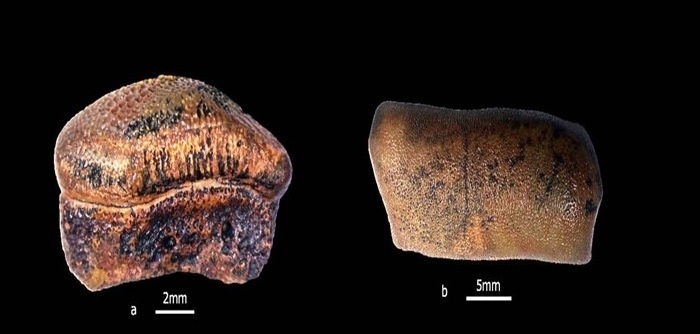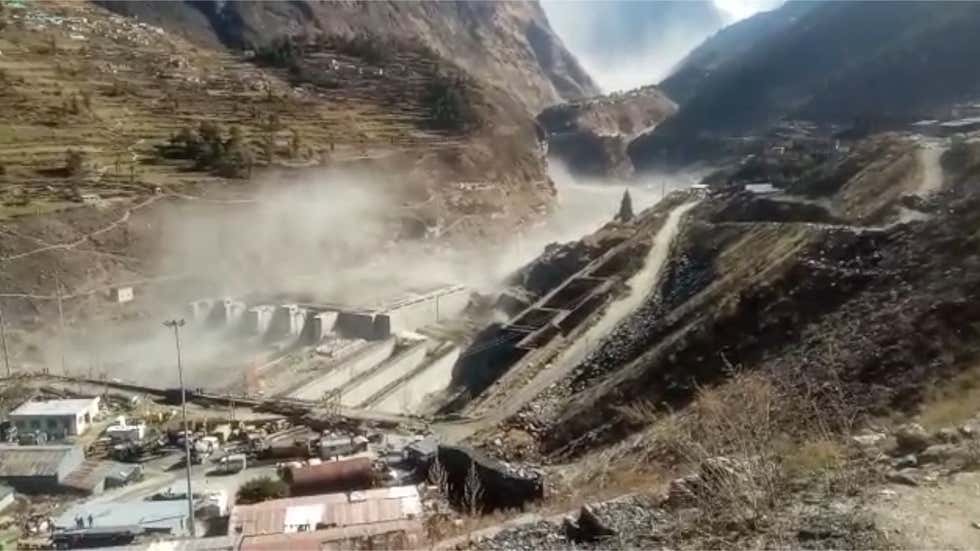
#ClimateChange impacts all species through extreme weather events, #habitatchange & #resourcescarcity, and the #Walrus is no different. Declining ice has particularly challenged the survival of female and young walruses.
weather.com/en-IN/india/en…
(📸: @UMCES/Lee Cooper)
weather.com/en-IN/india/en…
(📸: @UMCES/Lee Cooper)

#GlobalWarming has led to a decline in the #SeaIce that walruses use to rest and access clam beds. Therefore, these mammals are being forced to crowd offshore, where clams are scarce, and the risk of stampedes is high!
(📸: Capt. Budd Christman, NOAA Corps)
(📸: Capt. Budd Christman, NOAA Corps)

Studying #biomarkers at various #foodchain levels is necessary to understand the role of sea ice in the #foodweb. Since clams are an essential part of the Walrus diet, the more they flourish, the more food walruses will have. Thus, researchers use walrus tissues as biomarkers.
Findings from this study indicate that sea ice biomarkers were consistently higher in the female walruses. This is because females, as compared to males, need more nutrition during pregnancy and lactation.
Such studies can aid the protection of these #ArcticMammals.
Such studies can aid the protection of these #ArcticMammals.
• • •
Missing some Tweet in this thread? You can try to
force a refresh











